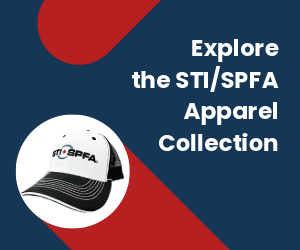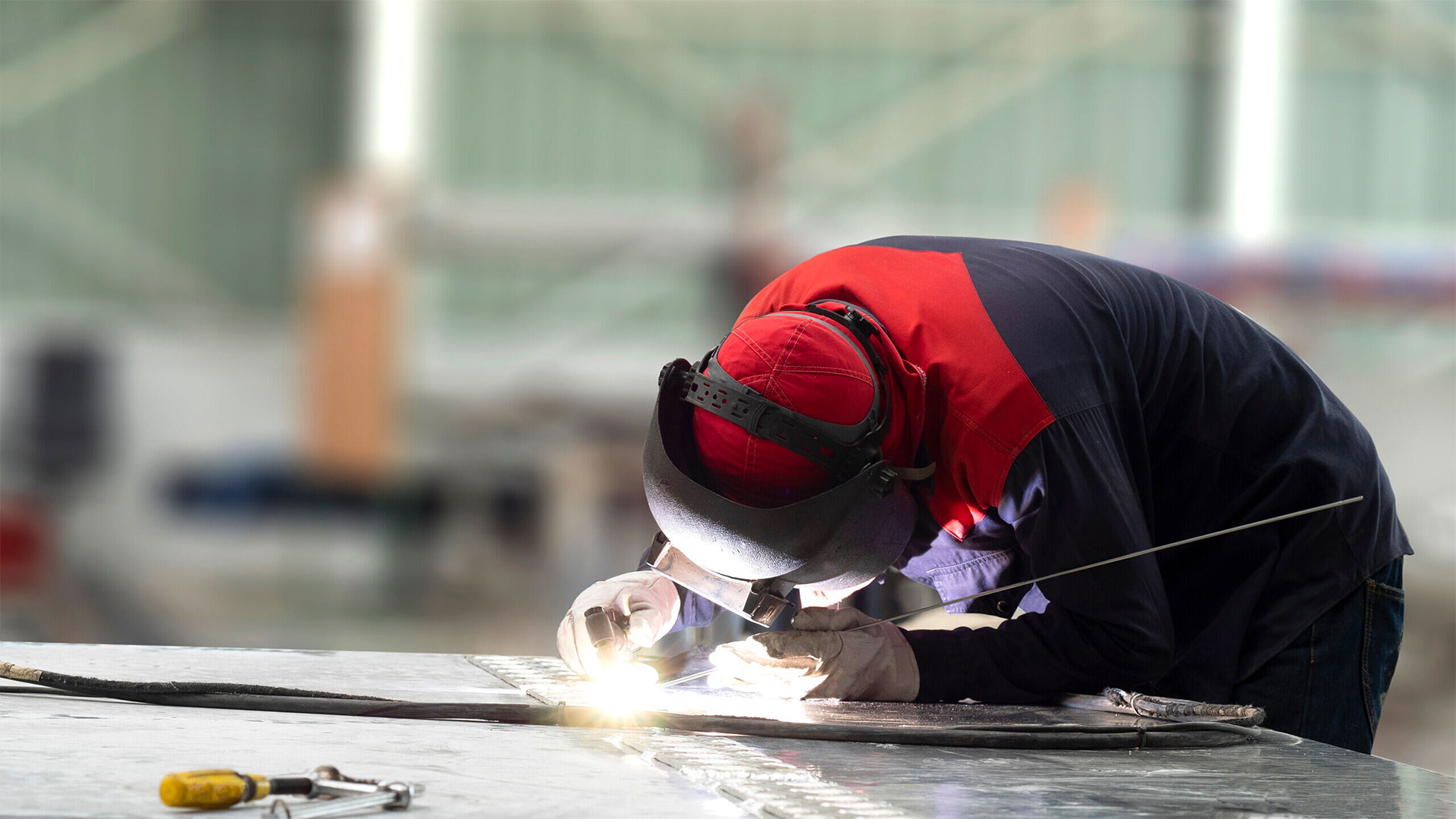
Robby Hagemann
STI/SPFA recently spoke with Robby Hagemann about the history of Boardman, LLC and his career in the steel fabrication industry.
STI/SPFA: Tell us about the history of your company.
Robby Hagemann: Boardman was started in 1910 by John Boardman in Oklahoma City. The company initially began with three employees, building equipment to service the agriculture industry, including grain bins, stock tanks, and cotton gins. Boardman purchased Imperial Iron Co. in 1914 and in 1915 began manufacturing bolted/riveted steel silos and bridges.
In 1918, Boardman was Oklahoma’s first manufacturer of gasoline and oil tank trucks. We built our first welded steel smokestack in 1928, and our first fire truck in 1929.
By 1941, our entire manufacturing operation was dedicated to the war effort where we were awarded contracts to build smokestacks for Liberty Ships, as well as barrage ballon buoys, which were used to hang large nets in the ocean to capture and disable U-boats. In 1952, Boardman received our ASME Sec. VIII Div. 1 code stamp.
Since 1952, custom ASME pressure vessels have been our main focus, and today our manufacturing facility covers more than 144,000 square feet. We have over 2,000 weld procedures covering most major welding processes and materials. Being a custom fabricator allows us to be flexible in what we’re able to build and gives us the ability to take on any challenge a customer can send our way.
STI/SPFA: How did you get your start in the industry?
Hagemann: I was working in oil and gas as a field service representative for Baker Hughes when I got a call from my Dad’s business partner, Roger Grommet. He told me that when I get tired of the oilfield to give him a call, which I did immediately. He wanted to discuss the possibility of me coming to work at Boardman, and within a few weeks, I found myself working on the shop floor. It proved to be the best learning experience I could have to prepare me for my role today.

Members of the Boardman team
STI/SPFA: What do you like best about working in the industry?
Hagemann: There are a couple things that I really enjoy about manufacturing.
First, everything we do winds up with a product that gets shipped out our doors that we all can see and touch. It’s always rewarding when we can see that what we’ve worked on as a team gets loaded on a truck and shipped to a customer. Everyone’s hard work and talent is in that vessel.
The other part of this industry that I enjoy is the camaraderie that we share with fellow fabricators. It really is a small world, and we find that we often share ideas with other fabricators, and that we both benefit, and in turn our customers and the industry benefits as a whole.
STI/SPFA: What has been the greatest challenge in your career?
Hagemann: Covid was certainly the biggest challenge of my career. Mainly the uncertainty of the situation. We had governments imposing restrictions and mandates as if they knew what they were talking about. Then they would pivot or contradict themselves. The most difficult thing to do as a leader is to look at those being led by you and saying, “I don’t know”. We weren’t really in control of what was going to happen, and that made the situation very difficult. A huge credit to our employees for being flexible and resilient. We made it through as strong as ever.

Welding a vessel head at Boardman LLC
STI/SPFA: What advice would you give someone who is interested in working in the industry?
Hagemann: Roll your sleeves up and get involved, we’re an industry of doers! The only way someone will get everything out of this industry is by getting involved. You won’t know everything when you first get started. Don’t be afraid to say, “I don’t know,” and ask a lot of questions.
STI/SPFA: What do you think will be the biggest challenge facing the industry in the next three to five years?
Hagemann: Labor, foreign governments subsidizing steel, and labor!
Quality labor isn’t exactly readily available, but we’ve still been able to find some. However, the regulatory environment the government is all too excited to impose, makes it increasingly difficult to do business, both in terms of regulations regarding having employees, but also what it costs just to be in business vs. the competition faced from fabricators from other countries who don’t have the same cost to do business.
STI/SPFA: How has STI/SPFA Membership helped you and your company succeed and grow in today’s marketplace?
Hagemann: The relationships I’ve been able to develop within STI/SPFA have made our membership very valuable. Not only the relationships that I’ve made, but also relationships that several of our employees have made with other employees at fabricator members, as well as those relationships we’ve been able to make with Affiliates.






